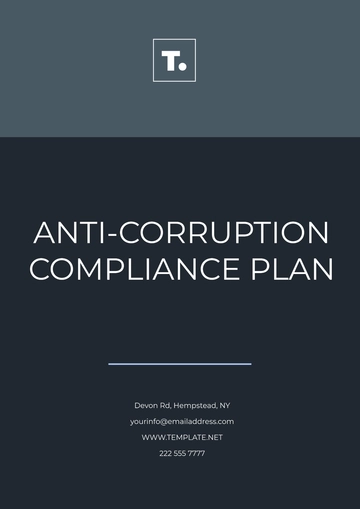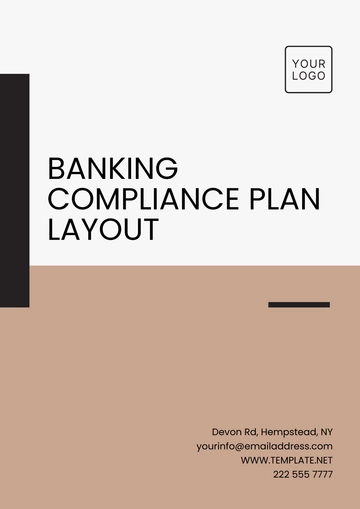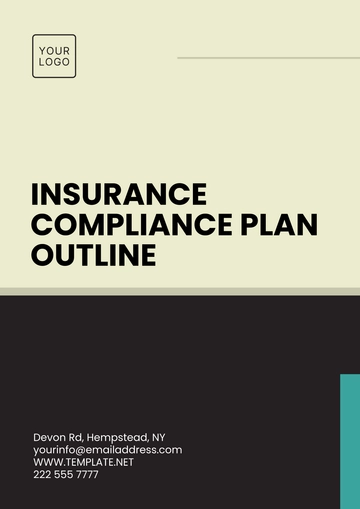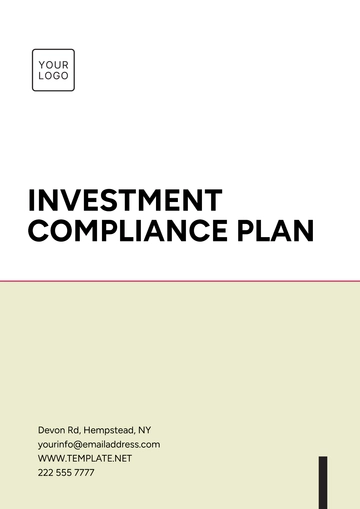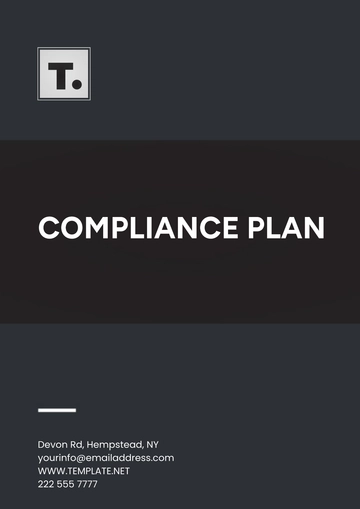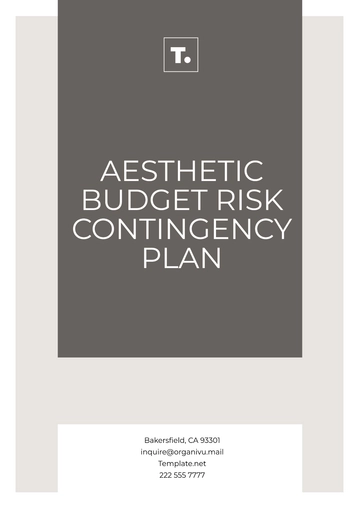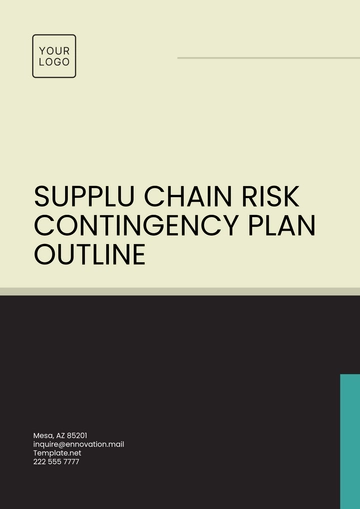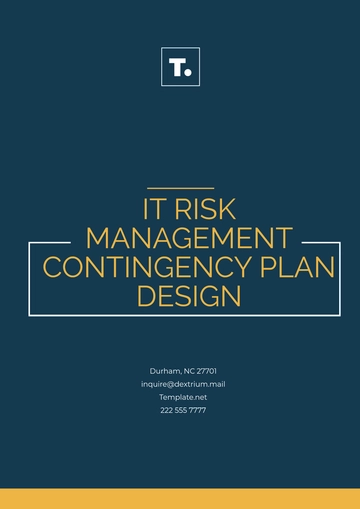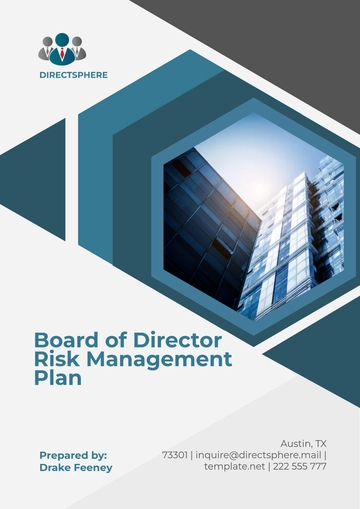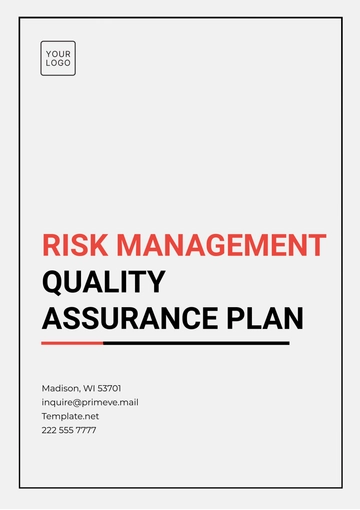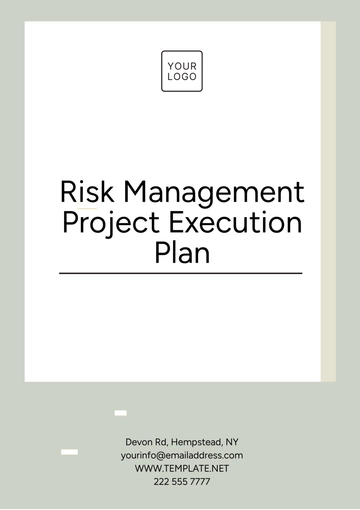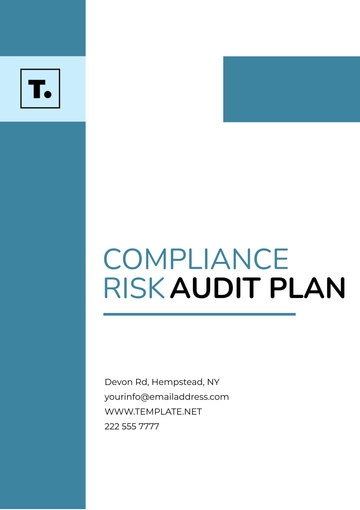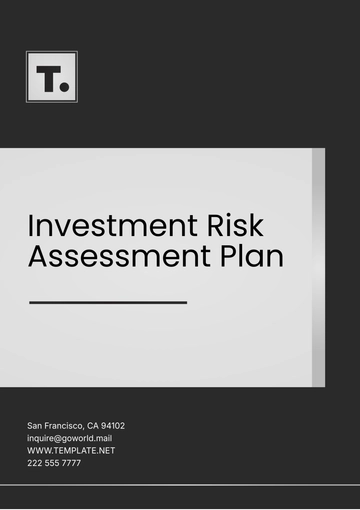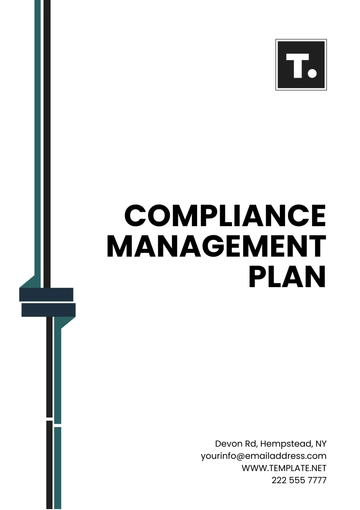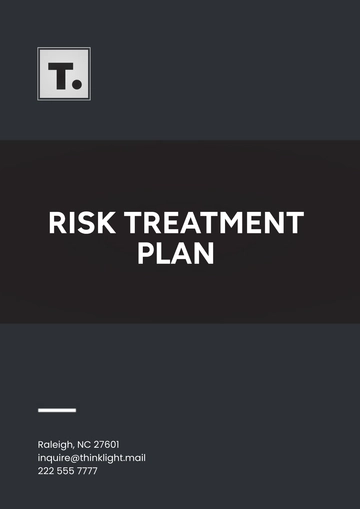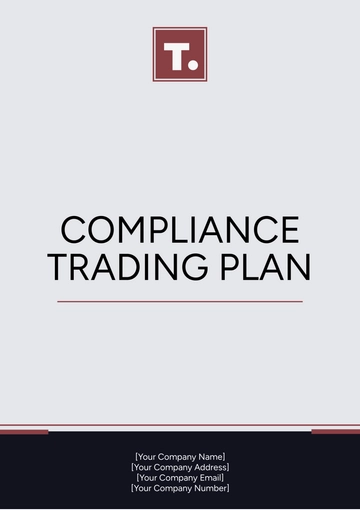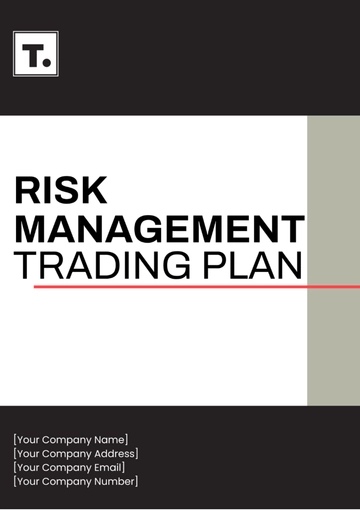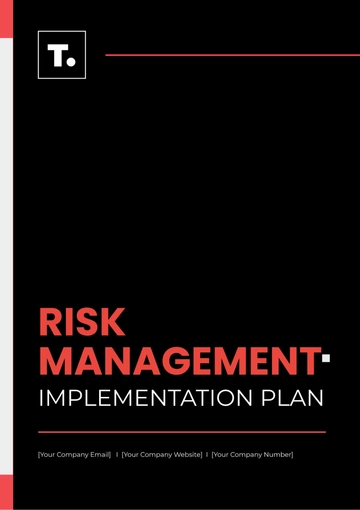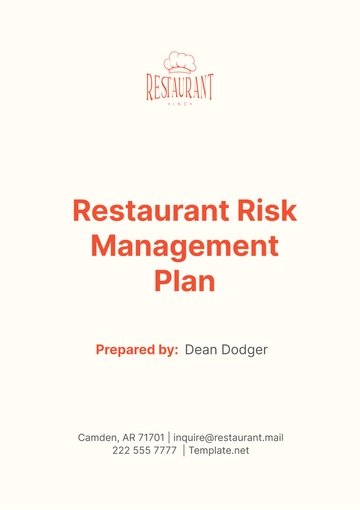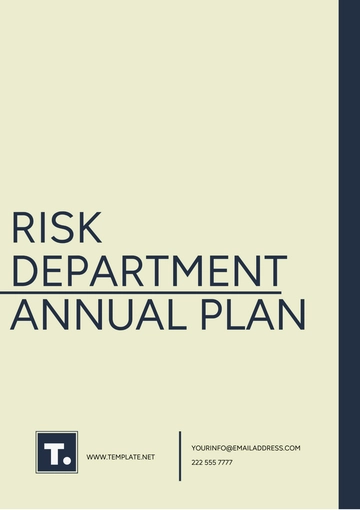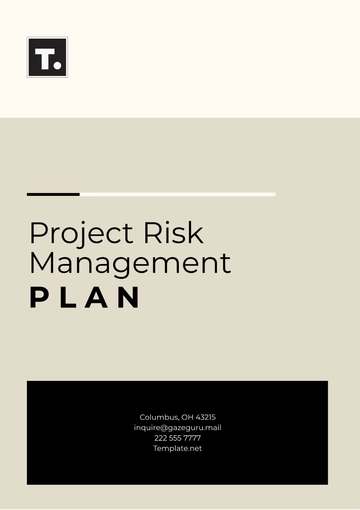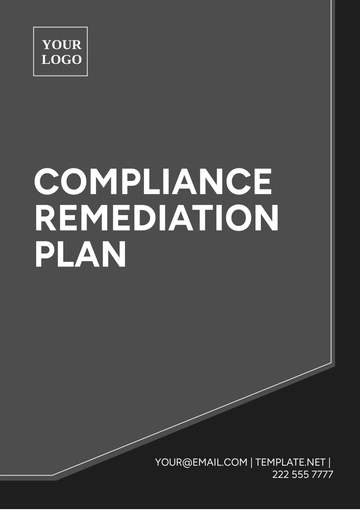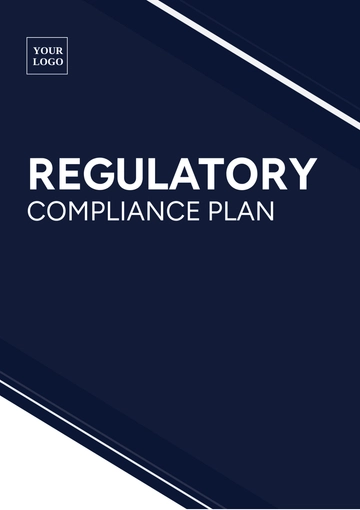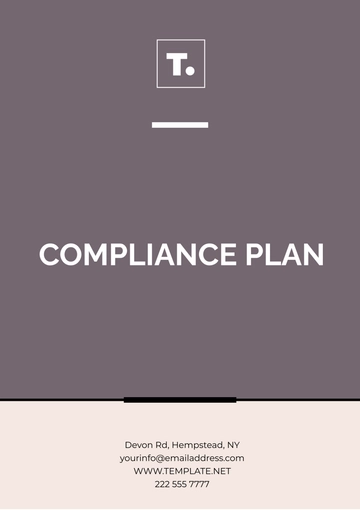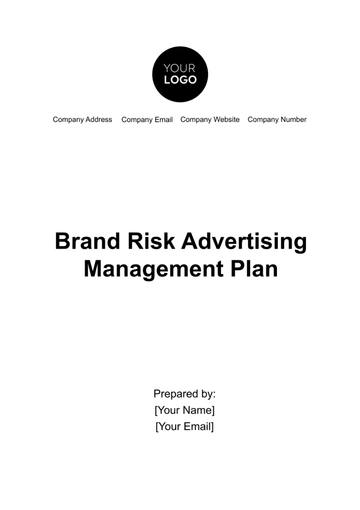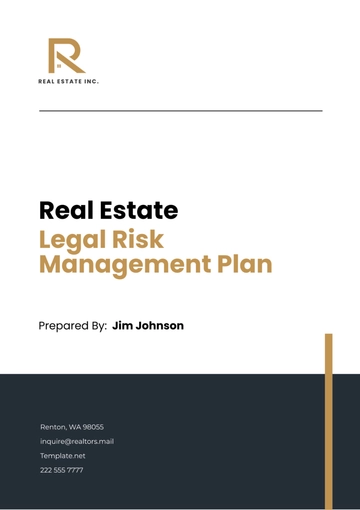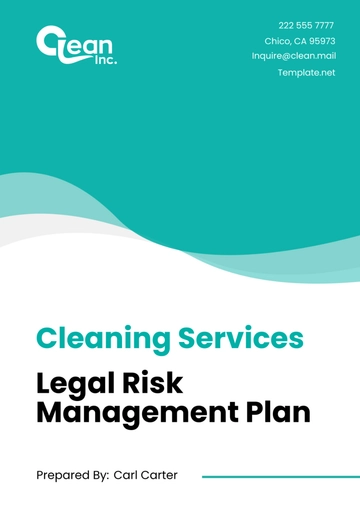Free Legal Client Risk Management Plan
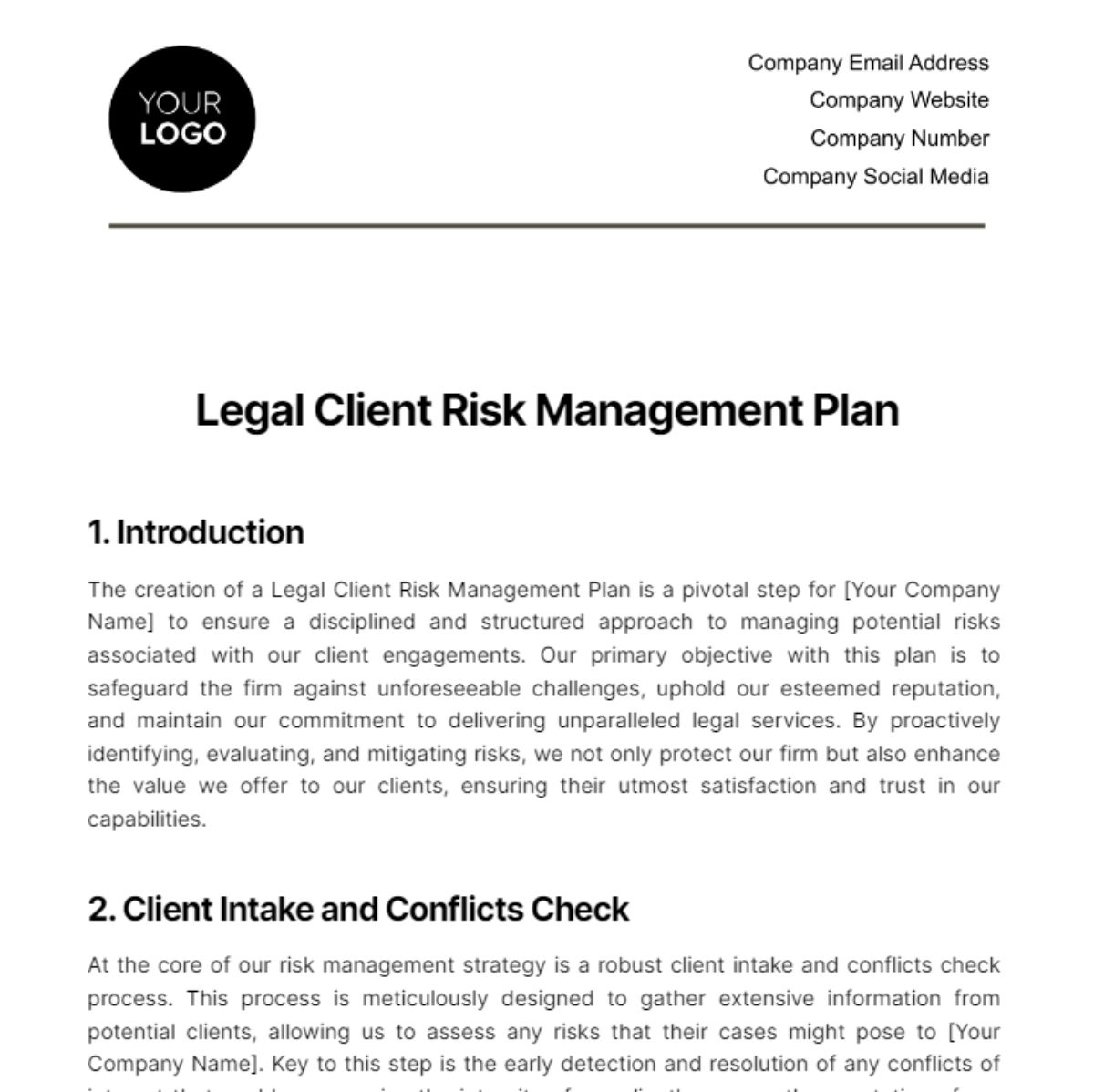
1. Introduction
The creation of a Legal Client Risk Management Plan is a pivotal step for [Your Company Name] to ensure a disciplined and structured approach to managing potential risks associated with our client engagements. Our primary objective with this plan is to safeguard the firm against unforeseeable challenges, uphold our esteemed reputation, and maintain our commitment to delivering unparalleled legal services. By proactively identifying, evaluating, and mitigating risks, we not only protect our firm but also enhance the value we offer to our clients, ensuring their utmost satisfaction and trust in our capabilities.
2. Client Intake and Conflicts Check
At the core of our risk management strategy is a robust client intake and conflicts check process. This process is meticulously designed to gather extensive information from potential clients, allowing us to assess any risks that their cases might pose to [Your Company Name]. Key to this step is the early detection and resolution of any conflicts of interest that could compromise the integrity of our client's case or the reputation of our firm. This comprehensive approach ensures that we can proceed with confidence, knowing that we have taken every precaution to identify and mitigate potential issues from the outset.
3. Risk Identification and Analysis
The cornerstone of our Legal Client Risk Management Plan is a detailed risk identification and analysis phase. This involves a systematic examination of potential risks across various categories that could impact our firm and our clients. By categorizing these risks, we can apply targeted strategies to manage or eliminate them effectively. The following table outlines the primary risk categories, along with specific risks that we actively monitor and address:
S. No. | Risk Category | Potential Risks |
|---|---|---|
1 | Conflict of Interest | Representation of conflicting interests |
2 | Clients | Difficult clients, unrealistic client expectations |
3 | Financial | Non-payment of fees, small retainer amount |
4 | Regulatory Compliance | Non-compliance with regulations, ethical issues |
5 | Capacity | Resource limitations, time management issues |
To effectively manage these risks, [Your Company Name] employs a variety of strategies, including but not limited to, enhanced due diligence during client intake, ongoing training for our legal team on ethical standards and regulatory requirements, financial vetting and agreements to secure retainer fees, and the implementation of advanced project management tools to optimize our resource allocation and time management.
4. Risk Evaluation
Following the meticulous identification of potential risks, [Your Company Name] places significant emphasis on evaluating these risks in terms of their likelihood and the extent of impact they could have on our operations and client satisfaction. This critical evaluation process illuminates the path forward, guiding us in the formulation of precise and effective risk response strategies. By quantifying and prioritizing risks, we ensure that our resources are allocated efficiently, focusing on areas of highest concern to maintain our firm’s integrity and client trust.
5. Risk Response and Control Measures
Upon the completion of risk evaluation, [Your Company Name] is committed to developing tailored risk response strategies. Our approach encompasses various techniques such as risk avoidance, mitigation, transfer, or acceptance, depending on the nature and severity of the identified risk. Each control measure is meticulously documented and communicated across relevant departments and personnel to ensure a unified understanding and approach to risk management. This comprehensive documentation serves as a cornerstone for accountability and transparency within our risk management framework.
Risk Category | Response Strategy | Control Measure | Responsible Department |
|---|---|---|---|
Conflict of Interest | Avoidance | Implementing stringent conflict checks during client intake | Legal Compliance |
Clients | Mitigation | Enhancing communication and setting clear expectations | Client Services |
Financial | Transfer | Using third-party insurance and adjusting retainer agreements | Finance |
Regulatory Compliance | Avoidance | Regular training and updates on regulatory changes | Compliance |
Capacity | Mitigation | Increasing staffing or outsourcing for specific needs | Human Resources |
6. Implementation of Risk Management Strategies
The successful implementation of our risk management strategies is paramount. [Your Company Name] acts swiftly to put these plans into action, whether it involves enhancing our client intake procedures, updating our financial policies, strengthening our compliance protocols, or augmenting our resources. Each step is taken with precision and adaptability, ensuring that our risk management efforts are seamlessly integrated into our daily operations, thereby safeguarding our firm and our clients against potential adversities.
Strategy Component | Action Steps | Timeline | Responsible Department |
|---|---|---|---|
Client Intake Procedures | Update intake forms, Enhance conflict of interest checks | Q1 [Year] | Legal Compliance |
Financial Policies | Review and adjust retainer agreements, Implement payment tracking systems | Q2 [Year] | Finance |
Compliance Protocols | Schedule regular training sessions, Update compliance checklists | Q3 [Year] | Compliance |
Resource Augmentation | Assess current capacity, Plan for hiring or outsourcing | Q4 [Year] | Human Resources |
7. Continuous Monitoring
Recognizing that risk management is an ongoing journey, [Your Company Name] is dedicated to the continuous monitoring and assessment of our risk management strategies. Through regular reviews, we can gauge the effectiveness of our measures and make necessary adjustments to address new challenges and changes in the legal landscape. This proactive approach ensures that our risk management framework remains robust, dynamic, and aligned with our firm’s and clients’ evolving needs.
Activity | Description | Frequency | Responsible Department |
|---|---|---|---|
Performance Review | Assess the effectiveness of risk response strategies against objectives and targets. | Quarterly | Risk Management |
Risk Audit | Conduct comprehensive audits to identify new risks and reassess existing risks. | Bi-annually | Internal Audit |
Strategy Adjustment | Update risk management strategies based on audit findings and performance reviews. | As Needed | Risk Management |
Stakeholder Feedback | Collect feedback from clients and internal stakeholders to identify areas for improvement. | Annually | Client Services |
Legal Landscape Review | Review changes in laws, regulations, and industry practices that may affect risk profiles. | Annually | Compliance |
8. Training and Support
[Your Company Name] invests heavily in comprehensive training and support programs to bolster our firm's collective risk management capability. By empowering every member of our team with the knowledge and tools needed to identify and manage risks, we foster a culture of vigilance and proactive risk management. These educational initiatives are crucial for sustaining a high level of risk awareness and ensuring that risk management is embedded in the fabric of our organizational ethos.
Program | Objective | Target Audience | Frequency |
|---|---|---|---|
Risk Management Basics | To educate new hires on fundamental risk management principles and the firm's specific practices. | New Employees | Upon Hiring |
Advanced Risk Strategies | Provide deeper insights into complex risk management strategies and tools for senior staff. | Senior Staff | Annually |
Compliance Training | Ensure all staff are up-to-date with current laws, regulations, and ethical standards. | All Employees | Bi-annually |
Technology Use in Risk Management | Train staff on using technology and software in identifying and managing risks. | All Employees | Annually |
Workshop on Client Communication | Enhance skills in managing client expectations and communications to mitigate risks. | Client-facing Staff | Annually |
9. Review and Refinement
In alignment with our commitment to excellence and adaptability, [Your Company Name] regularly revisits and refines our Legal Client Risk Management Plan. This iterative process allows us to stay ahead of the curve, adapting to new developments in the legal field, emerging risks, and the changing needs of our clients. Through these regular reviews, we ensure that our risk management strategies are not only effective but also reflective of the highest standards of legal service and client care.
In conclusion, the Legal Client Risk Management Plan at [Your Company Name] is a testament to our unwavering commitment to safeguarding our firm and our clients from potential risks. By embracing a comprehensive, strategic, and adaptive approach to risk management, we uphold our reputation for excellence and integrity, ensuring that we continue to deliver outstanding legal services.
- 100% Customizable, free editor
- Access 1 Million+ Templates, photo’s & graphics
- Download or share as a template
- Click and replace photos, graphics, text, backgrounds
- Resize, crop, AI write & more
- Access advanced editor
Master effective risk management with Template.net's Legal Client Risk Management Plan Template. Meticulously plotted for editable and customizable convenience. Editable in our Ai Editor tool, it empowers users to draft strategic plans fitting their unique requirements. Equip yourself with this grand tool and ensure your proactive stance against potential pitfalls. Craft your strategy with assured professional finesse. Get it now and strengthen your client risk management system today!
You may also like
- Finance Plan
- Construction Plan
- Sales Plan
- Development Plan
- Career Plan
- Budget Plan
- HR Plan
- Education Plan
- Transition Plan
- Work Plan
- Training Plan
- Communication Plan
- Operation Plan
- Health And Safety Plan
- Strategy Plan
- Professional Development Plan
- Advertising Plan
- Risk Management Plan
- Restaurant Plan
- School Plan
- Nursing Home Patient Care Plan
- Nursing Care Plan
- Plan Event
- Startup Plan
- Social Media Plan
- Staffing Plan
- Annual Plan
- Content Plan
- Payment Plan
- Implementation Plan
- Hotel Plan
- Workout Plan
- Accounting Plan
- Campaign Plan
- Essay Plan
- 30 60 90 Day Plan
- Research Plan
- Recruitment Plan
- 90 Day Plan
- Quarterly Plan
- Emergency Plan
- 5 Year Plan
- Gym Plan
- Personal Plan
- IT and Software Plan
- Treatment Plan
- Real Estate Plan
- Law Firm Plan
- Healthcare Plan
- Improvement Plan
- Media Plan
- 5 Year Business Plan
- Learning Plan
- Marketing Campaign Plan
- Travel Agency Plan
- Cleaning Services Plan
- Interior Design Plan
- Performance Plan
- PR Plan
- Birth Plan
- Life Plan
- SEO Plan
- Disaster Recovery Plan
- Continuity Plan
- Launch Plan
- Legal Plan
- Behavior Plan
- Performance Improvement Plan
- Salon Plan
- Security Plan
- Security Management Plan
- Employee Development Plan
- Quality Plan
- Service Improvement Plan
- Growth Plan
- Incident Response Plan
- Basketball Plan
- Emergency Action Plan
- Product Launch Plan
- Spa Plan
- Employee Training Plan
- Data Analysis Plan
- Employee Action Plan
- Territory Plan
- Audit Plan
- Classroom Plan
- Activity Plan
- Parenting Plan
- Care Plan
- Project Execution Plan
- Exercise Plan
- Internship Plan
- Software Development Plan
- Continuous Improvement Plan
- Leave Plan
- 90 Day Sales Plan
- Advertising Agency Plan
- Employee Transition Plan
- Smart Action Plan
- Workplace Safety Plan
- Behavior Change Plan
- Contingency Plan
- Continuity of Operations Plan
- Health Plan
- Quality Control Plan
- Self Plan
- Sports Development Plan
- Change Management Plan
- Ecommerce Plan
- Personal Financial Plan
- Process Improvement Plan
- 30-60-90 Day Sales Plan
- Crisis Management Plan
- Engagement Plan
- Execution Plan
- Pandemic Plan
- Quality Assurance Plan
- Service Continuity Plan
- Agile Project Plan
- Fundraising Plan
- Job Transition Plan
- Asset Maintenance Plan
- Maintenance Plan
- Software Test Plan
- Staff Training and Development Plan
- 3 Year Plan
- Brand Activation Plan
- Release Plan
- Resource Plan
- Risk Mitigation Plan
- Teacher Plan
- 30 60 90 Day Plan for New Manager
- Food Safety Plan
- Food Truck Plan
- Hiring Plan
- Quality Management Plan
- Wellness Plan
- Behavior Intervention Plan
- Bonus Plan
- Investment Plan
- Maternity Leave Plan
- Pandemic Response Plan
- Succession Planning
- Coaching Plan
- Configuration Management Plan
- Remote Work Plan
- Self Care Plan
- Teaching Plan
- 100-Day Plan
- HACCP Plan
- Student Plan
- Sustainability Plan
- 30 60 90 Day Plan for Interview
- Access Plan
- Site Specific Safety Plan
